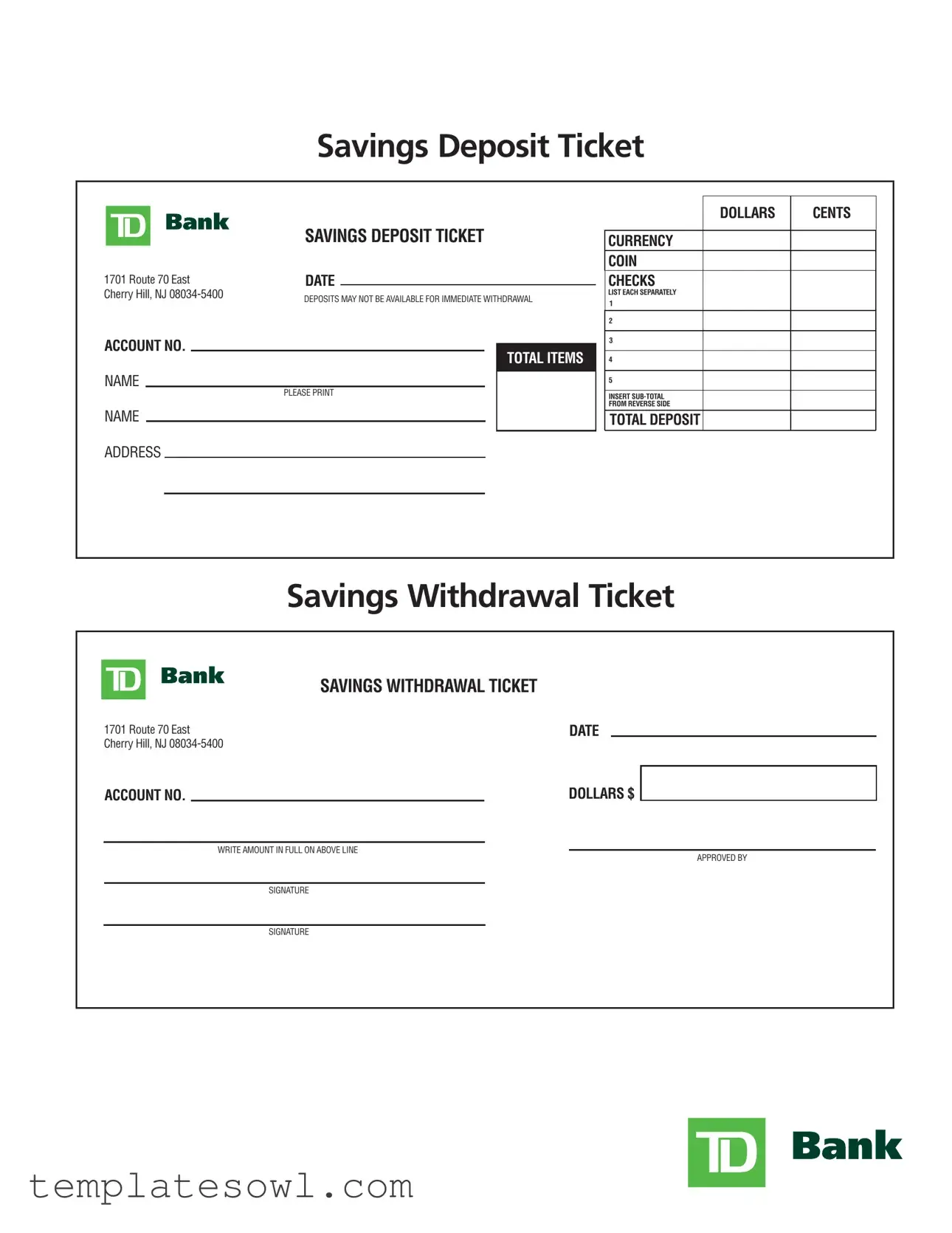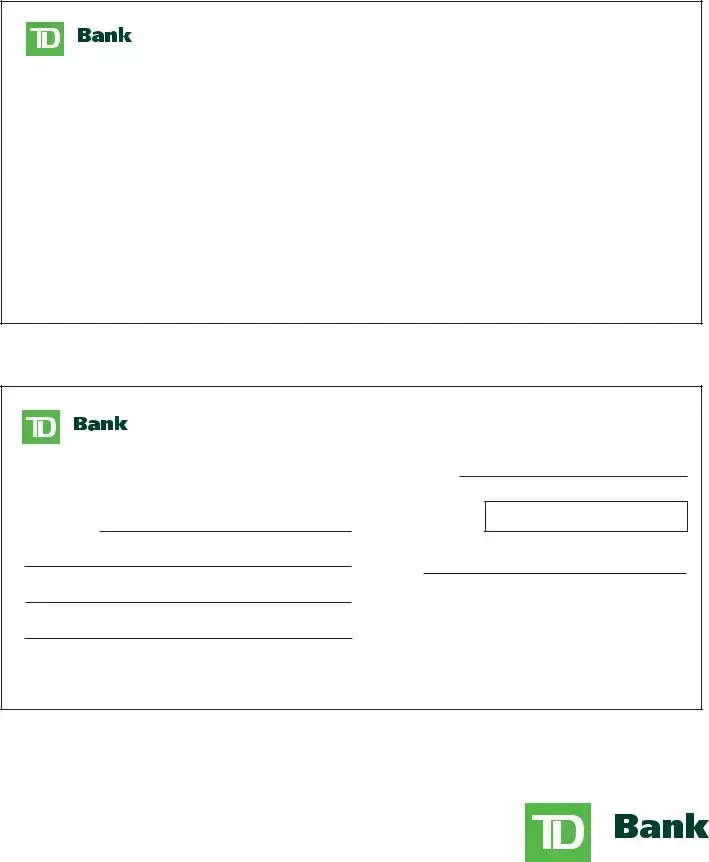What is the TD Bank Withdrawal Slip?
The TD Bank Withdrawal Slip is a form used by customers to withdraw funds from their savings accounts. It is important to fill out this form correctly to ensure a smooth transaction at the bank.
How do I fill out the Withdrawal Slip?
To complete the Withdrawal Slip, provide your account number, the date of the transaction, and the withdrawal amount in both numbers and words. You will also need to print your name and address. Ensure the information is clear and legible to prevent any issues with your request.
Can I withdraw all my funds using this slip?
You can request to withdraw all your funds, but be aware that some accounts may have minimum balance requirements. Additionally, recent deposits might not be available for immediate withdrawal. Always check your account terms before trying to withdraw all funds.
What if I make a mistake on the form?
If you make a mistake, it's best to start over with a fresh slip. Crossed-out information can create confusion and might delay your transaction. Take a moment to review the slip before submitting it to ensure everything is correct.
Do I need to sign the Withdrawal Slip?
Yes, your signature is required on the Withdrawal Slip. This verifies that you are the account holder and are authorizing the withdrawal. Make sure your signature matches the one the bank has on file for you.
Where can I obtain a Withdrawal Slip?
Withdrawal Slips are typically available at any TD Bank branch. You can also ask a bank representative for assistance if you don't see the forms readily available. Some forms may even be accessible online or through your banking app.
Is there a fee for using the Withdrawal Slip?
Generally, there are no fees associated with using the Withdrawal Slip for withdrawals. However, fees may apply if you overdraw your account or perform certain types of transactions. It's always good to check with the bank for any specific details.
What should I do if my Withdrawal Slip is not processed?
If your Withdrawal Slip is not processed after submission, contact TD Bank as soon as possible. They can help track the status of your transaction and resolve any issues that may arise. Keeping a record of your transaction can greatly assist in this process.

